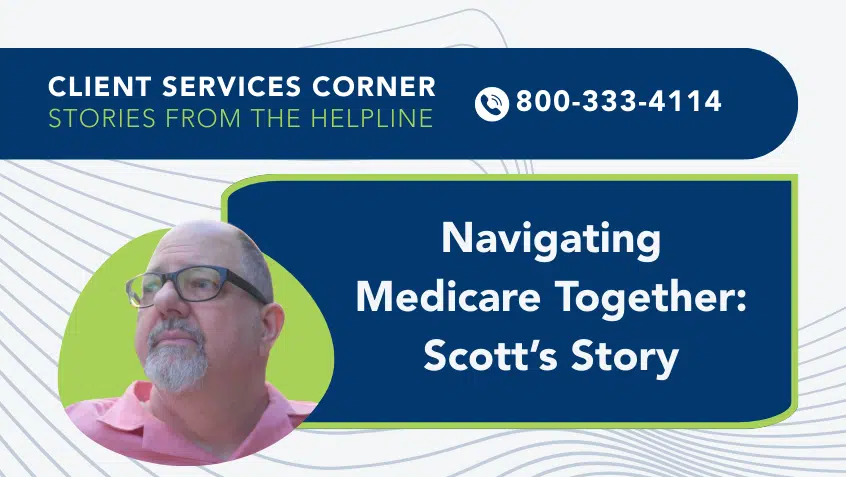Join Us Live for a Discussion on Medicare, Democracy, and the Future of Health Care
AARP Report Highlights Increase in Retail Prices for Brand Name Prescription Drugs

An updated report from the AARP Public Policy Institute shows the growth in retail prices for many brand name prescription drugs continues to significantly outpace general inflation, contributing to problems with prescription drug affordability for people with Medicare.
From 2019 to 2020, retail prices for 260 brand name drugs widely used by older adults grew by 2.9%, more than twice the country’s general inflation rate (1.3%). Over the last 16 years, the entire period during which AARP has been publishing this report series, brand name drug prices have routinely increased much faster than general inflation.
These price changes have meaningful consequences for people with Medicare. In 2020, the typical cost of a brand name medication was $6,600. With older adults taking an average 4.7 prescription drugs every month, this translates to an annual retail cost of more than $31,000—higher than the median annual income for a Medicare beneficiary ($29,650).
Notably, the average annual cost of one brand name drug would have been nearly $3,700 lower in 2020 ($2,911 vs. $6,604) had the drugs’ price changes been limited to the rate of general inflation between 2006 and 2020.
Prescription drug price hikes also affect Medicare’s financing. The Medicare Payment Advisory Commission (MedPAC) has consistently cited high prices as a key reason for growth in Medicare Part D spending. From 2013 to 2018 alone, Part D spending on prescription drugs increased by 26%. The commissioners attributed “nearly all of the growth…to higher prices rather than an increase in the number of prescriptions filled by beneficiaries.”
And the consequences are not limited to Medicare. As AARP notes, “Spending increases driven by high and growing drug prices will affect all Americans in some way. Those with private health coverage will pay more in cost-sharing and higher premiums for their health care coverage.”
Immediate action is needed to reform the nation’s drug pricing system in ways that will strengthen Medicare and improve beneficiary well-being. Absent such interventions, unaffordability will continue to rise, as will the risks to patients and programs. An ever-growing number of Americans could be priced out of needed medications and coverage, leading to worse health outcomes and higher costs in the future. At the same time, policymakers could seek to control government spending through program changes that threaten beneficiary health and financial security.
Medicare Rights supports comprehensive efforts to lower prescription drug prices, including the Elijah E. Cummings Lower Drug Costs Now Act (H.R. 3). This important bill would help protect beneficiaries against burdensome spending, in part by reducing program and out-of-pocket costs. As part of any final bill, we also urge lawmakers to fill longstanding gaps in Medicare coverage, modernize the Part D appeals process, and remove barriers to Medicare’s low-income assistance programs. Together, these policies would achieve monumental coverage and affordability gains, better ensuring that all people with Medicare have meaningful access to care.
Read the report, Rx Price Watch Report: Trends in Retail Prices of Brand Name Prescription Drugs Widely Used by Older Americans, 2006 to 2020.
Show Comments
We welcome thoughtful, respectful discussion on our website. To maintain a safe and constructive environment, comments that include profanity or violent, threatening language will be hidden. We may ban commentors who repeatedly cross these guidelines.
Help Us Protect & Strengthen Medicare
Donate today and make a lasting impact
More than 67 million people rely on Medicare—but many still face barriers to the care they need. With your support, we provide free, unbiased help to people navigating Medicare and work across the country with federal and state advocates to protect Medicare’s future and address the needs of those it serves.
The Latest
Most Read
Add Medicare to Your Inbox
Sign up to receive Medicare news, policy developments, and other useful updates from the Medicare Rights.
View this profile on InstagramMedicare Rights Center (@medicarerights) • Instagram photos and videos









